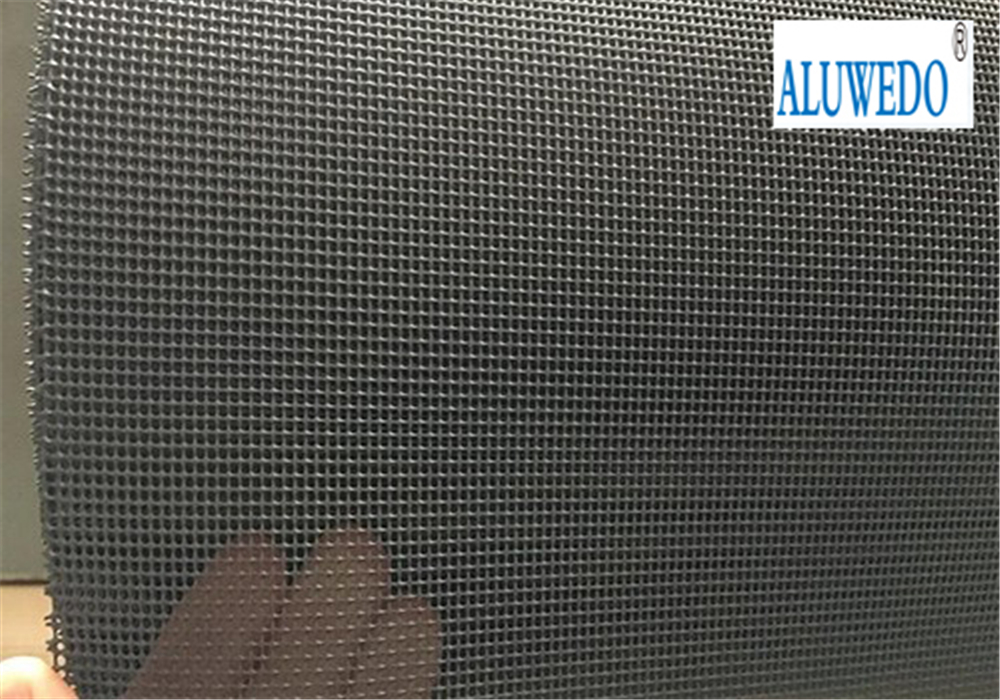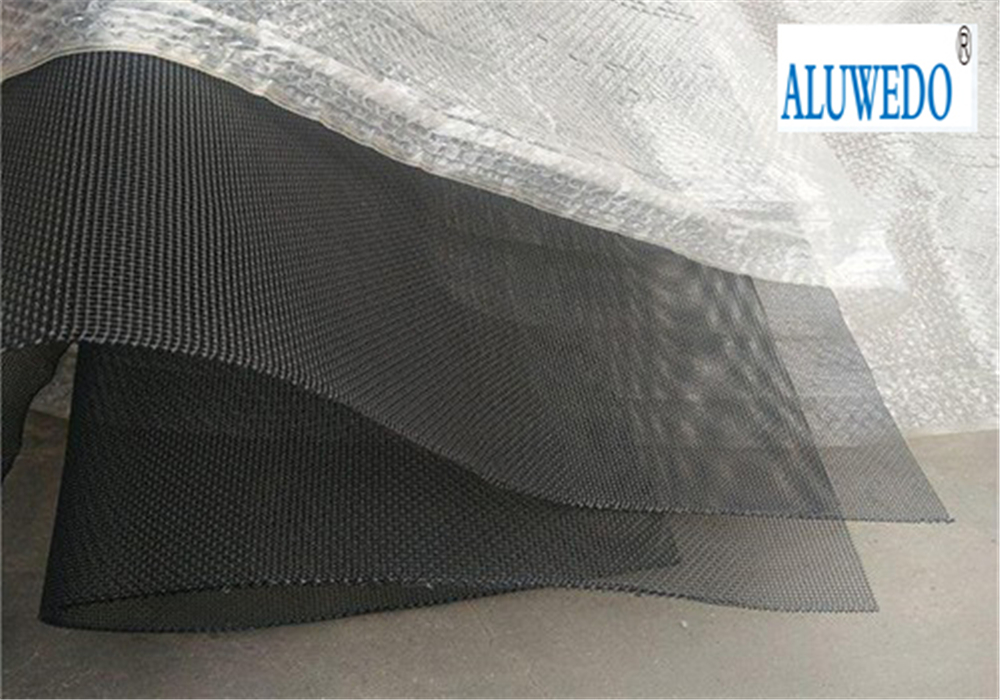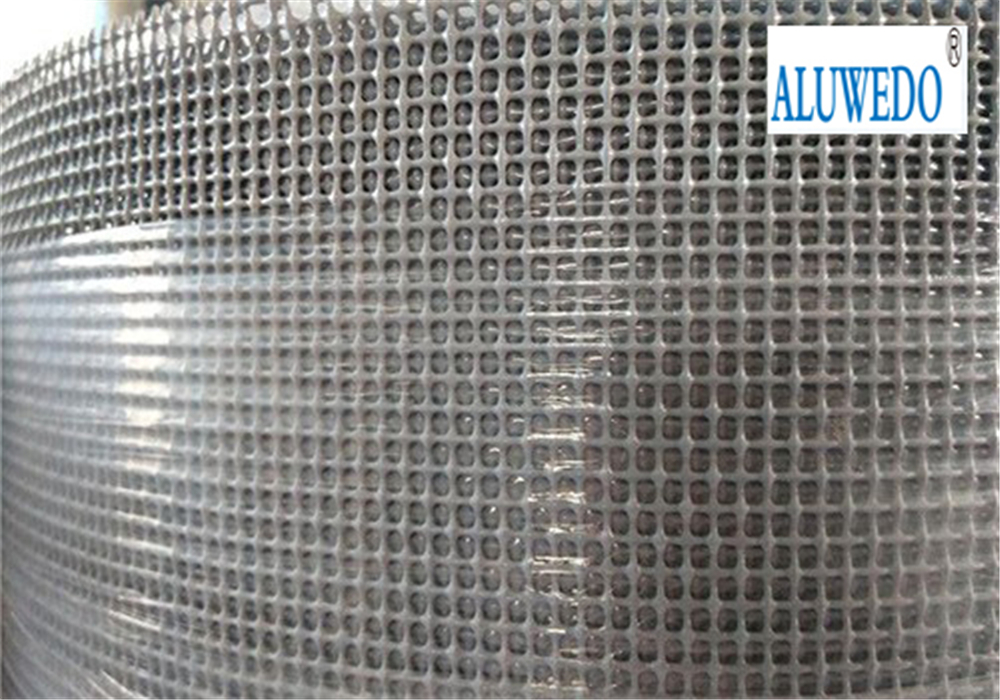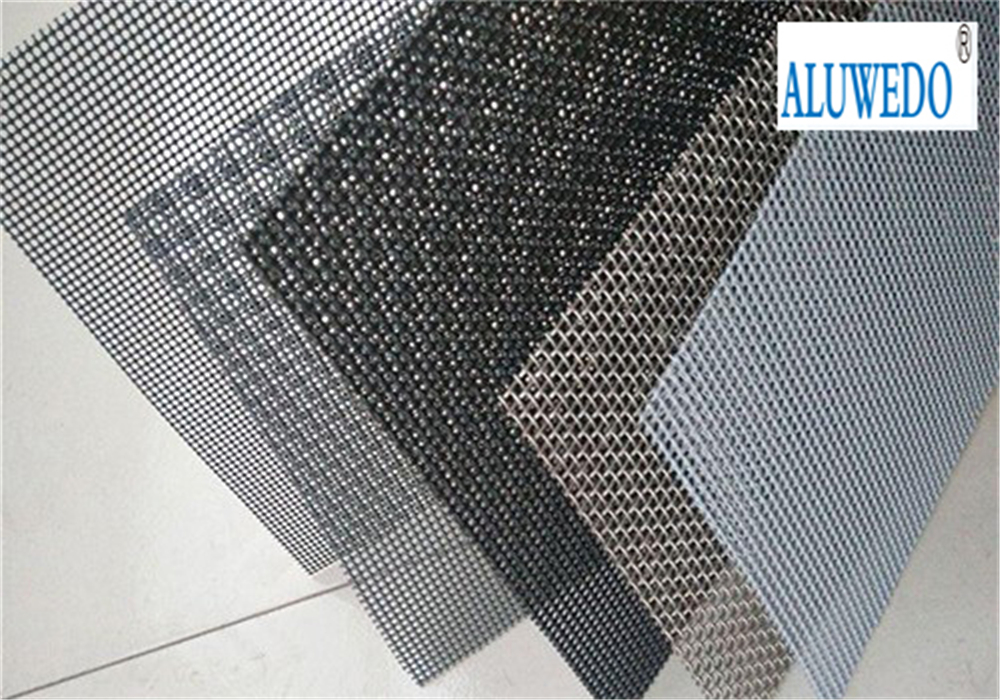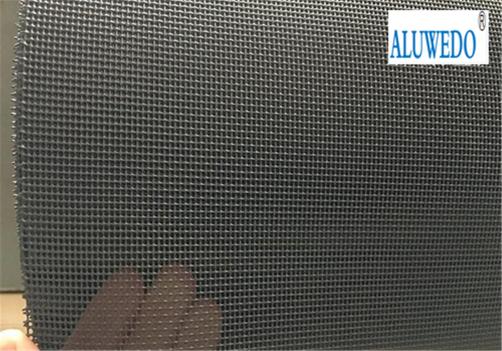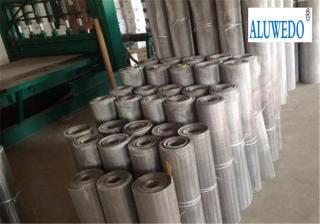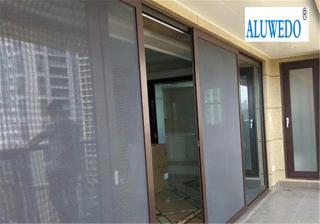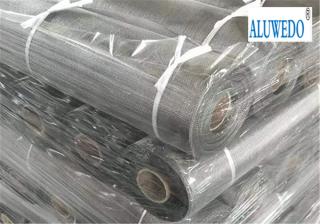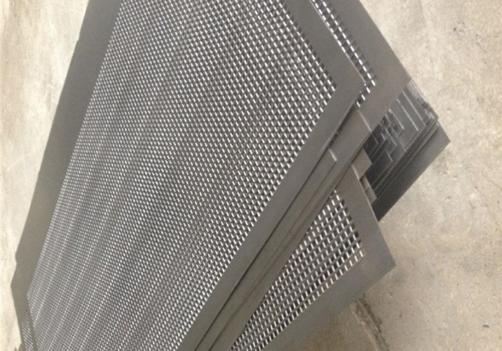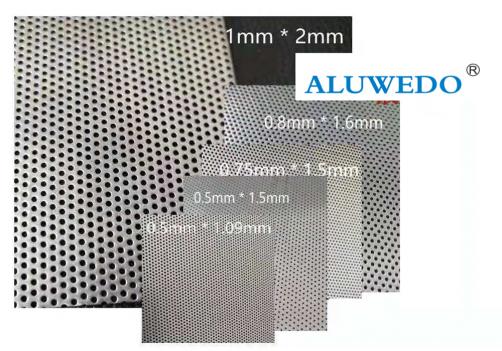- Mobile: +86-13962238789
- whatsapp: 008613962238789
- wechat: 008613962238789
- E-mail: [email protected]
Craft: plain weave and twist weave.
Material: polyethylene wire.
Plain woven mesh: 12 mesh, 14 mesh, 16 mesh, 18 mesh, 20 mesh, 24 mesh, 26 mesh, 30 mesh, etc.
Twisted mesh: 14 mesh. Wire diameter: 0.15mm-0.5mm. Width: 0.5m-1.52m.
Features: Plain woven plastic window screen has thick wire diameter, dense mesh, uniform mesh size, beautiful appearance, and low price.
Uses: used for fences in construction, agriculture, and aquaculture, for preventing mosquitoes and flies and ventilation on doors and windows of civil houses, office buildings, and public places, and can also be made into kitchen food covers. Special specifications can be customized.
Let’s see it in a little more detail
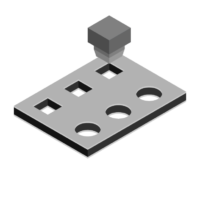
Punching and die-cutting
The composite panel can be punched and die-cut with CNC. The result ranges from the creation of pointillist or artistic style patterns to complicated and detailed drawings on the facade.

Edging
There are three types of edging:
· Simple, which hides the edging
· Double interior, hides the edge and part of the back
· Double outside, hides the edge and extends a flange that hides the joints with other panel sheets.

Roller bending
The panel can be easily bent following the minimum necessary bending radii. To do it, it is best to use bending machines with 3/4 rolls.
By bending the product, columns can be covered, concealing the corners with a rounded appearance, etc.

Stamping and engraving
With more limitations than the previous transformations, we find that in the panel, through modifications in its depth, it is possible to make engravings creating forms without having to get to cut-die the panel.

3D Forming
The 3D forming process, besides of being used to manufacturing aluminium composite panel for hanging systems, can also be used to create projected three-dimensional surfaces.

Milling
The milling of the panel gives results that differ from other types of processing such as punching and, of course, from the usual conception of the composite panel as a cassette-type tray. It can be made with CNC, with a wall saw or a portable one. The partial milling of the panel allows the subsequent folding of the pieces to give them creative shapes.

